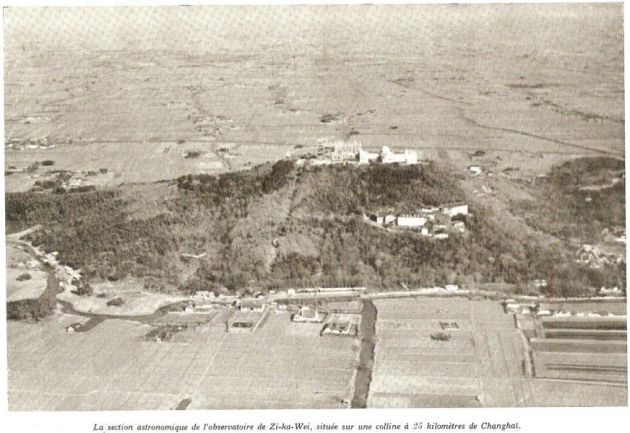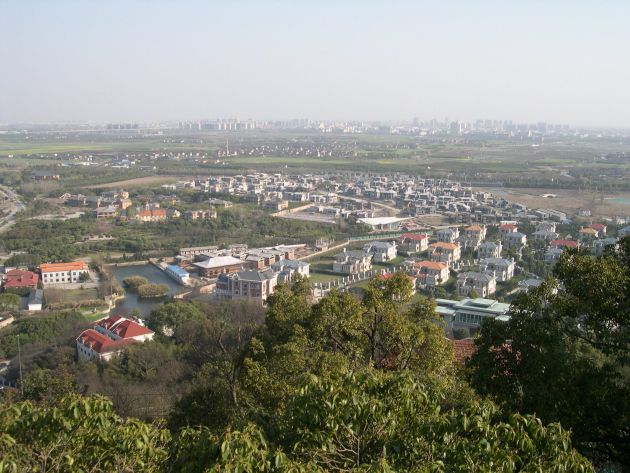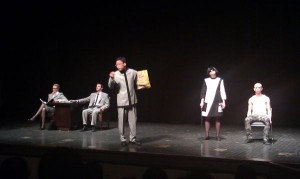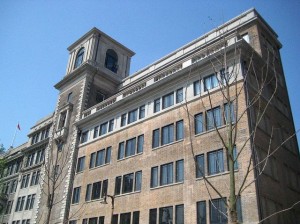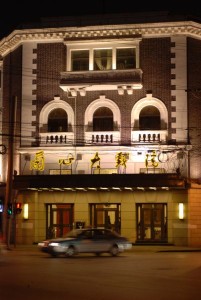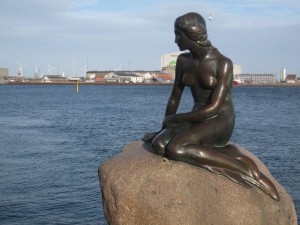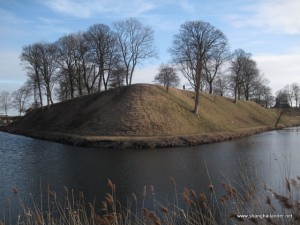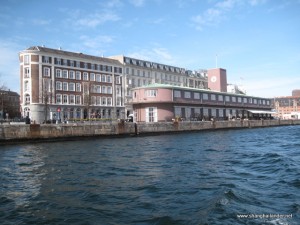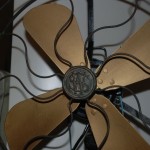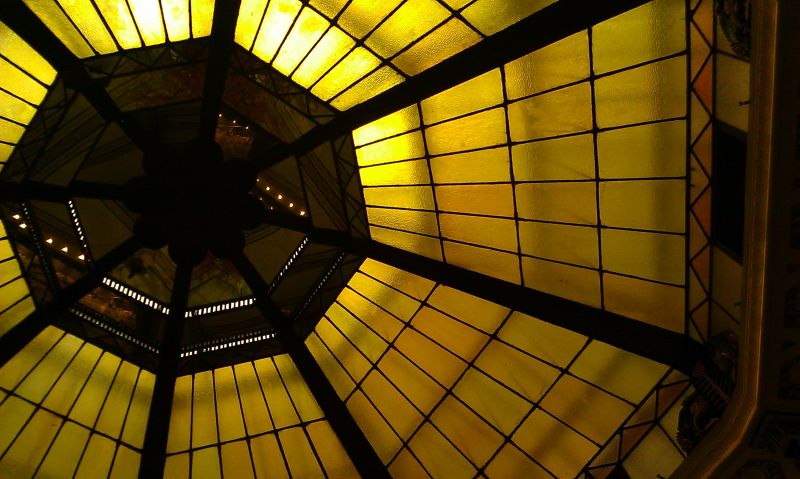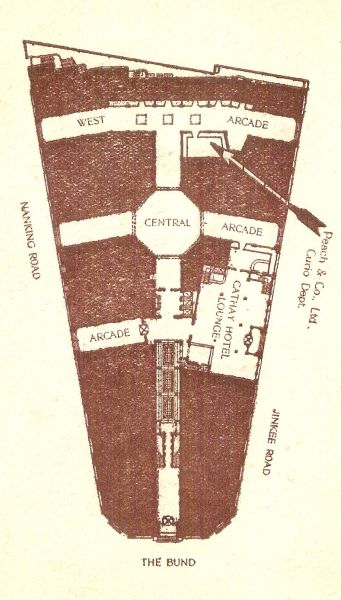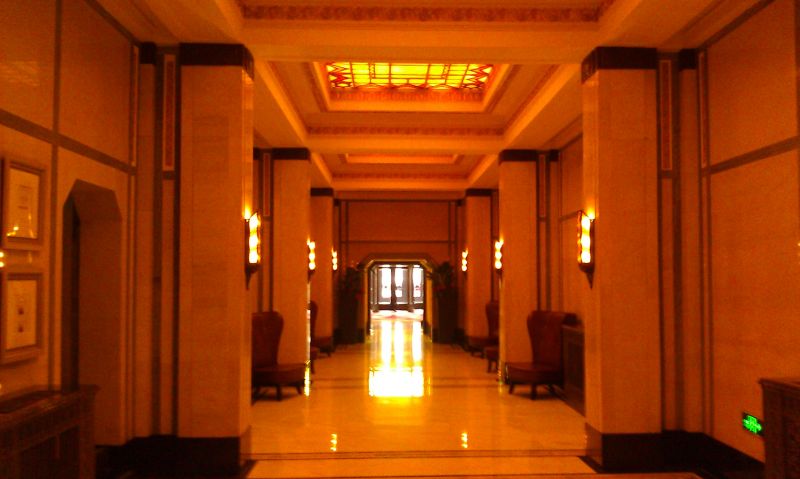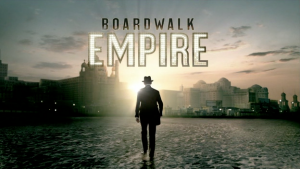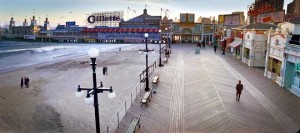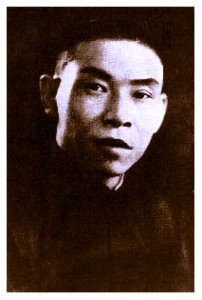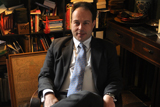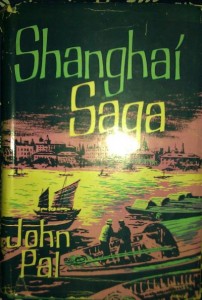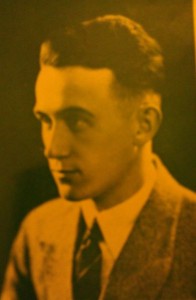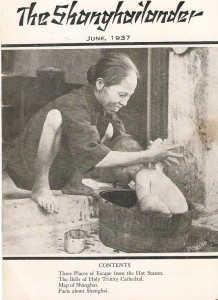
The word “Shanghailander” was used to for the foreigners living in Old Shanghai. As written in the “Why is this blog called Shanghailander.net” page, the Shanghailanders were the foreigners that had already spent more than a year (and a bit) in the city. I had heard these stories and read them in books about Old Shanghai but I had never seen the actual word written during that time… until I bought the June 1937 of “The Shanghailander”.
Just like many of the English magazines in today’s Shanghai, “The Shanghailander” was a monthly guide to Shanghai, “A monthly magazine devoted to interpreting Shanghai and China to vistors – and residents”. This issue of June 1937 is Volume V, No 6 thus I guess publication started in January 1932. This must have been one of the last issues as the attack on Shanghai by the Japanese army from August 1937 and the fierce battle of Shanghai that followed saw many foreign residents start fleeing away and surely drastically reduced tourism to the city.
There is practically no information about this magazine on the internet, this copy must be one of the few survivors. It was published by Carl Crow’s company, who introduced advertising in China and whose biography was written by Paul French. The magazine was surely a good support for selling Carl Crow’s books as the recommended reading list includes 2 (out of 12) of his books (“Handbook for China” and “Chekiang Highways”) as well as the full back cover as an advertising for 400 million customers, his most famous book.
The magazine content is very similar to today’s equivalents including a feature article, business directory, facts about Shanghai and a map of the city center. The last page is devoted to “Places to see in China”, listing Suzhou, Hangzhou, Nanjing and Beijing. The only unusual part is the almanac, listing events related to Shanghai that happened on the same day years before as the genre is gone out of fashion long ago
Just like today about half the magazine is advertising, for the international and famous local brands including famous hotels of the time, Astor House and Palace Hotel (now Swatch Peace hotel) from the HongKong & Shanghai hotel company (today’s owner of Peninsula), Broadway Mansions Hotel and Park Hotel. Entertainment places like the Canidrome (the gone flower market between Maoming Lu and Shaanxi lu) and the Hai-Alai at the auditorium on corner of Avenue Joffre (today Huai Hai Lu) and Avenue du Roi Albert (today Shaanxi Nan Lu). Drinks were also advertised such as Ewo beer and White Horse whisky, both brands of Jardine, Matheson and Co, as well as Martell Brandy and Sandeman’s Port, distributed by Gande, Prince Ltd.
Items necessary for the travelers of the time were also advertised including “Grays Yellow Lantern Shops, Specialists in the finest linen, lingerie, pyjamas, novelty with shops in the Astor House hotel and the Cathay hotel Lobby. Finally, another provider of travelling accessories was Macbeth Gray and Co, 142 Nanking Road (today PENGJIE CLOTHING CO. BRANCH N2 on 142 Nanjing Dong Lu), supplying “panama hats, English straw boaters, American Washing ties, Tropical helmets and English sport sweaters”… though I don’t think they supply these article anymore.
